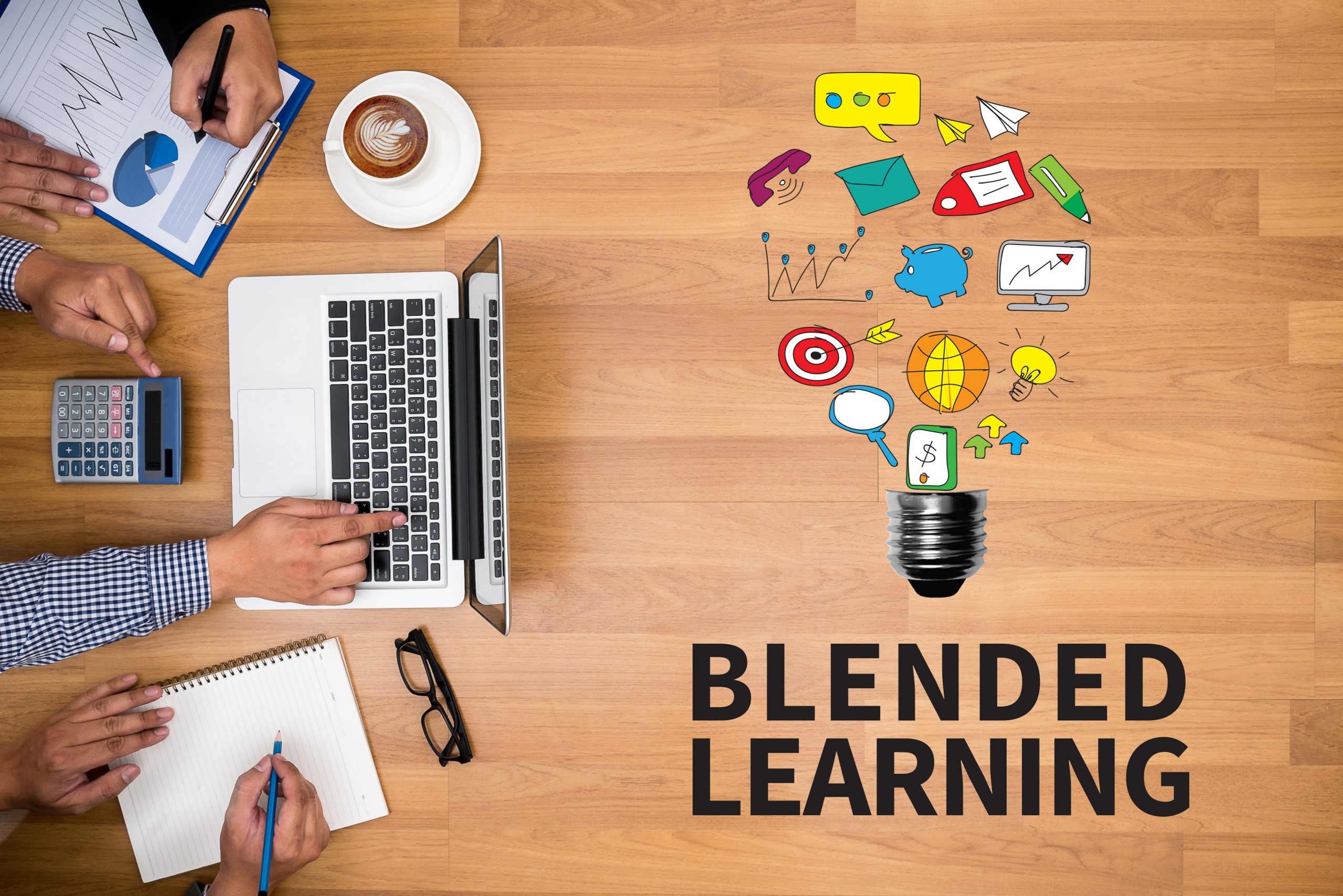Teaching methodology in learning English
Do you know why choosing a teaching methodology in learning English is important? The reason is that it significantly impacts the effectiveness of the teaching and learning process. An effective methodology can create a positive and conducive learning environment, making the teaching and learning process more rewarding and successful for both teachers and students. Let’s discover the most suitable teaching methodology in learning English!

What is Teaching methodology in learning English?
Teaching methodology in learning English refers to the strategies, approaches, techniques, and principles used by educators to facilitate the teaching and learning of the English language. It encompasses the systematic planning and implementation of various instructional methods and materials to achieve specific learning objectives effectively.
Effective teaching methodologies in learning English may vary based on factors such as the students’ age, proficiency level, learning styles, and the context of the learning environment. The primary goal of teaching methodology in learning English is to help students develop their language skills, including speaking, listening, reading, and writing, and to foster their overall language proficiency.
Types of Teaching methodology in learning English

1. Communicative Language Teaching (CLT):
CLT emphasizes the importance of communication in language learning. The focus is on developing students’ ability to use English in real-life situations. Teachers encourage students to practice speaking, listening, reading, and writing through interactive activities such as role-plays, discussions, debates, and problem-solving tasks.
Pros:
Encourages real-life communication skills.
Focuses on practical language usage.
Engages students in interactive activities.
Develops students’ fluency and confidence in using English.
Promotes meaningful and context-based learning.
Cons:
May not emphasize grammar explicitly, leading to potential gaps in knowledge.
Some students might need more structured guidance, especially at the beginner level.
Assessing individual progress can be challenging in group activities.
2. Task-Based Language Teaching Teaching Methodology (TBLT):
TBLT centers on using meaningful tasks or activities to teach language. Students engage in tasks that require them to use English to achieve a specific goal, such as giving directions, making a presentation, or solving a problem. By completing these tasks, students practice language in context and acquire language skills naturally.
Pros:
Provides practical language practice through meaningful tasks.
Encourages problem-solving and critical thinking in English.
Emphasizes language use in authentic situations.
Builds students’ confidence in applying language skills.
Cons:
Needs careful task design to ensure language targets are appropriately addressed.
Might require more time for task completion, impacting curriculum coverage.
Some students may need additional support in managing complex tasks.
3. Total Physical Response (TPR):
TPR is based on the idea that language learning can be enhanced through physical movement and actions. Teachers give commands in English, and students respond physically. For example, students might stand up, sit down, or point to objects as instructed. TPR is especially useful for beginners and young learners.
Pros:
Engages students through physical movement and actions.
Helps beginners grasp language without feeling overwhelmed.
Provides a fun and interactive learning experience.
Encourages listening comprehension and following instructions.
Cons:
Might not address all language skills equally.
Limited applicability in higher-level language learning.
Some students might feel self-conscious about physical responses.
4. Grammar-Translation Teaching Methodology:
Although not as widely used nowadays, the Grammar-Translation Method is a traditional approach that focuses on teaching grammar rules and vocabulary through translation. Students learn by translating sentences from their native language to English and vice versa. While it has limitations, it can be helpful for understanding grammar structures.
Pros:
Focuses on accuracy in grammar and vocabulary.
Can help students analyze sentence structures.
Enables students to translate between languages.
Cons:
May not foster practical communication skills.
Less engaging and may not promote fluency.
Can be monotonous and less relevant for daily language use.
5. Content-Based Instruction Teaching Methodology (CBI):
CBI integrates language learning with content or subject matter. English is used as a medium to teach other subjects like science, history, or literature. Students learn English while simultaneously gaining knowledge in various disciplines.
Pros:
Integrates language learning with other subjects, making learning meaningful.
Encourages language use in a real context.
Improves students’ subject-specific knowledge and language skills.
Cons:
May not provide a comprehensive focus on language skills.
Requires coordination between language and subject teachers.
Language learners might struggle with the content if it’s too advanced.
6.Blended Learning:
Blended learning combines face-to-face instruction with online and digital learning activities. It allows students to access learning materials and resources both in the classroom and remotely, providing flexibility and personalized learning experiences.
Pros:
Students can access learning materials at their own pace and convenience, anytime and anywhere.
Teachers can customize content to meet individual students’ needs and learning styles.
Interactive elements like videos and gamification make learning enjoyable and motivating.
Cons:
Lack of access to devices or stable internet can create inequalities.
Teachers need training to effectively use digital tools and platforms.
Creating online materials can be time-consuming.
Technology may lead to distractions and impact focus on learning.
Which is the most suitable Teaching methodology in this era of technology?

Blended Learning is still the most suitable teaching methodology for this era of technology. Here’s a recap of why blended learning is particularly well-suited for the current technological era:
Technology Integration:
Blended learning incorporates technology as an integral part of the learning process. It seamlessly combines face-to-face instruction with online and digital learning activities, taking advantage of the technological resources available today.
Flexibility and Accessibility:
Blended learning provides students with flexibility and accessibility to learning materials and resources through digital platforms. This approach aligns well with the demands of modern learners, who often prefer the convenience of accessing content anytime, anywhere.
Personalization and Differentiation:
Digital tools in blended learning enable personalized learning experiences, allowing educators to cater to individual students’ needs and learning styles. It supports differentiation, ensuring that each student receives appropriate instruction.
Engagement and Interactivity:
The integration of technology in blended learning can make the learning process more engaging and interactive. Multimedia elements, interactive simulations, and gamification can captivate students’ attention and enhance their learning experiences.
Data-Driven Insights:
Digital learning platforms in blended learning offer valuable data-driven insights for educators. Teachers can use this data to monitor students’ progress, identify areas of improvement, and adjust their instructional strategies accordingly.
Collaboration and Communication:
Blended learning facilitates collaboration and communication among students and teachers. Online discussion forums, video conferencing, and collaborative tools promote active participation and peer interaction.
Teaching Methodology as a Preparation for the Digital World:
Emphasizing blended learning equips students with digital literacy and technology skills, essential in today’s interconnected and technology-driven world.
Blended learning strikes a balance between traditional face-to-face instruction and the advantages of technology, making it an effective teaching methodology in the current era of technology. It offers a versatile and dynamic learning environment that caters to diverse learning preferences while preparing students for success in an increasingly digital world.
